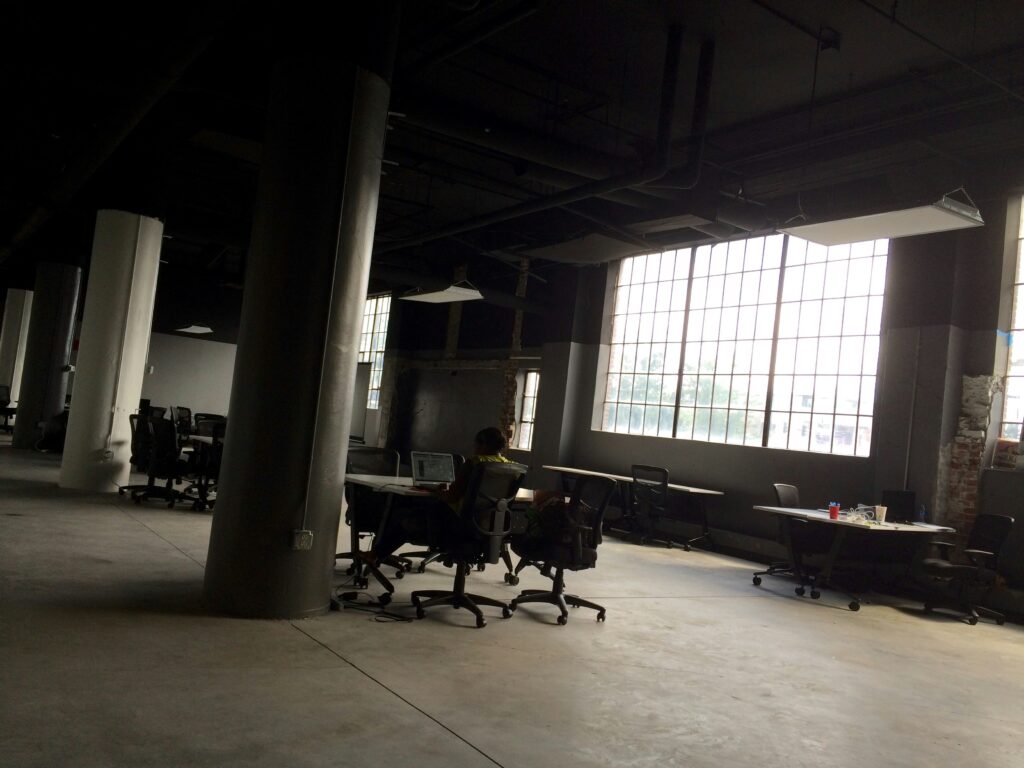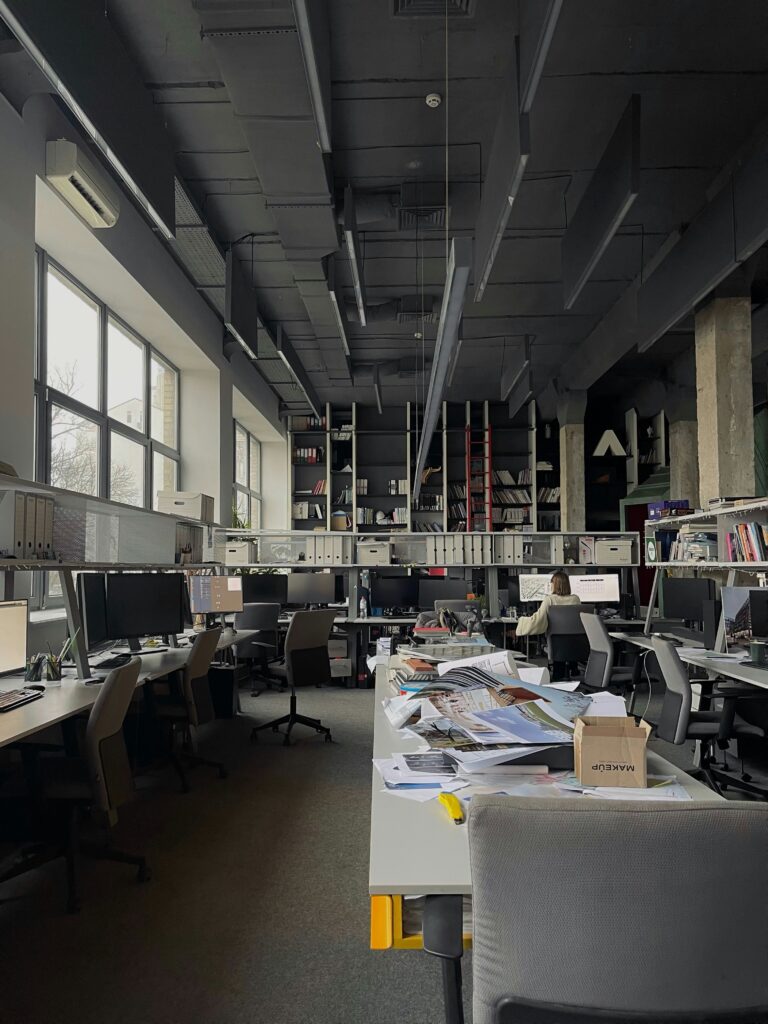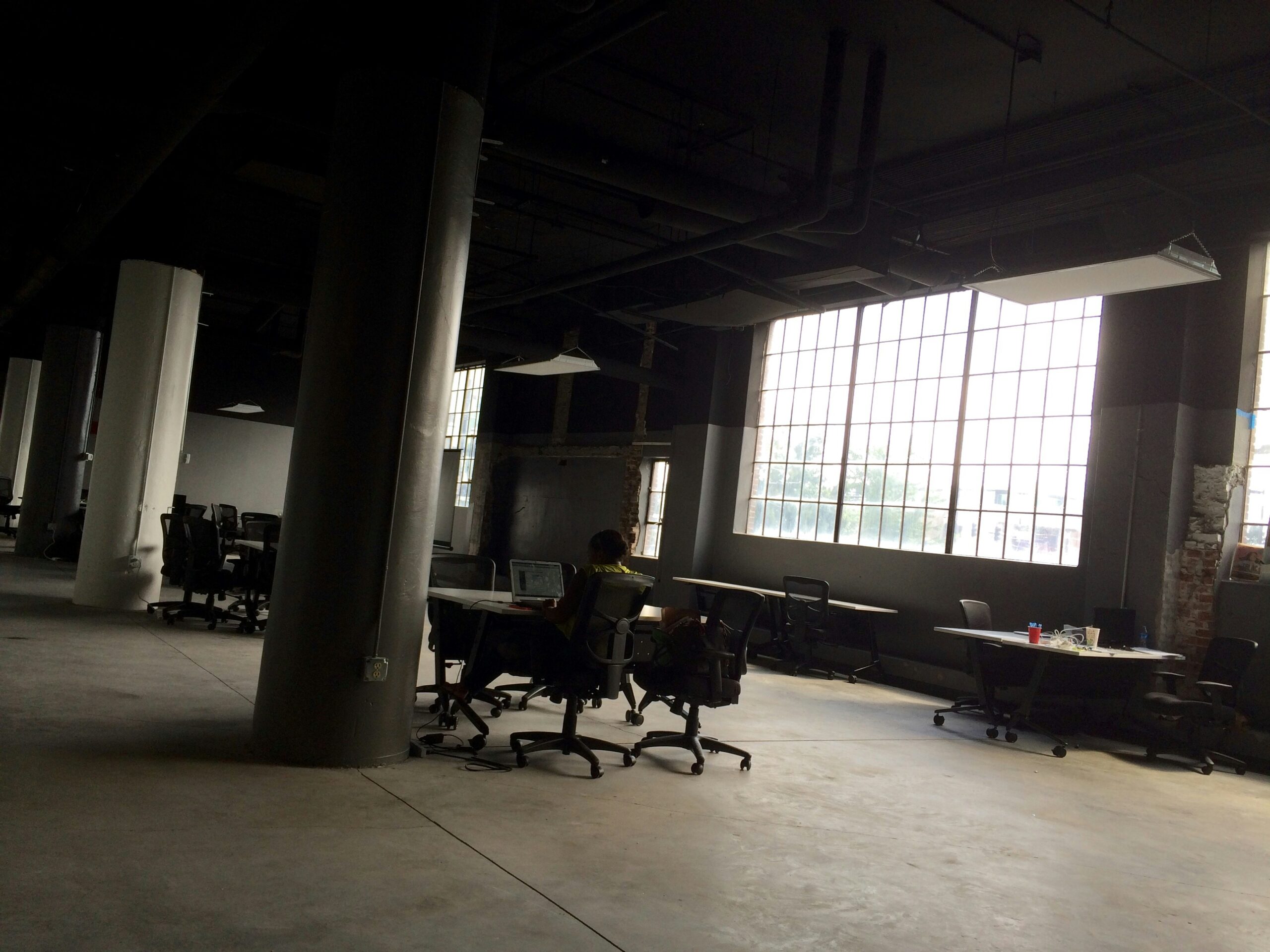By Mercedes Quintanilla.

The term “sick building syndrome” is used to describe situations in which building occupants experience acute health and comfort effects that are related to the time they spend inside the building.
According to the National Institute for Safety and Hygiene at Work in Madrid, sick buildings have the following characteristics:
1. The buildings have a common forced air ventilation system throughout the building or large sectors of it and there is at least partial recirculation of the air.
2. Construction quality is often light, inexpensive, and poor.
3. The interior surfaces are largely covered with textile material, including walls, floors, ceilings and other elements.
4. They practice energy saving and keep themselves relatively hot or cold looking for a homogeneous thermal environment.
5. They are airtight buildings and their windows are usually not operable.
6. No or little sunlight.
7. Poor or excessive lighting that causes reflections on the screens.
8. Biological contamination by mold or pests, or chemical by air fresheners, disinfectants, gas, etc.
Next, I show you some of the most frequent effects and diseases related to this syndrome.
Effects.
- Ocular: Itching and redness.
- Upper respiratory tract: nasal congestion, nasal itching, sneezing, nosebleeds, dry throat, sore throat, hoarseness, and thirst.
- Pulmonary: Chest tightness, choking sensation, wheezing and dry cough.
- Cutaneous: redness and skin dryness.
- General: Headache, drowsiness, lethargy, difficulty concentrating, irritability, nausea and dizziness.

Diseases.
- Hypersensitivity: Pneumonitis, humidifier fever, asthma, rhinitis and dermatitis.
- Infectious: Legionellosis, Pontiac fever, tuberculosis, flu and common colds.
And in more serious cases you suffer from:
- Semicircular lipoatrophy.
- Multiple chemical sensitivity syndrome (SSQM).
- Fibromyalgia.
- Chronic fatigue.
- Dysfunctions in the endocrine, reproductive and immune systems, which can lead to cancer.
I invite you to be review of the following blogs to learn more about this syndrome and its risk factors.
References.
• Subils, M. J. B. & National Institute of Safety and Hygiene at Work (Spain). (1994). Sick building syndrome. National Institute of Safety and Hygiene at Work.
• EPA. (1991, February). Indoor Air Facts (No. 4). Indoor Air Facts No. 4 (revised) Sick Building Syndrome. https://www.epa.gov/sites/default/files/2014-08/documents/sick_building_factsheet.pdf

Read the Comments +